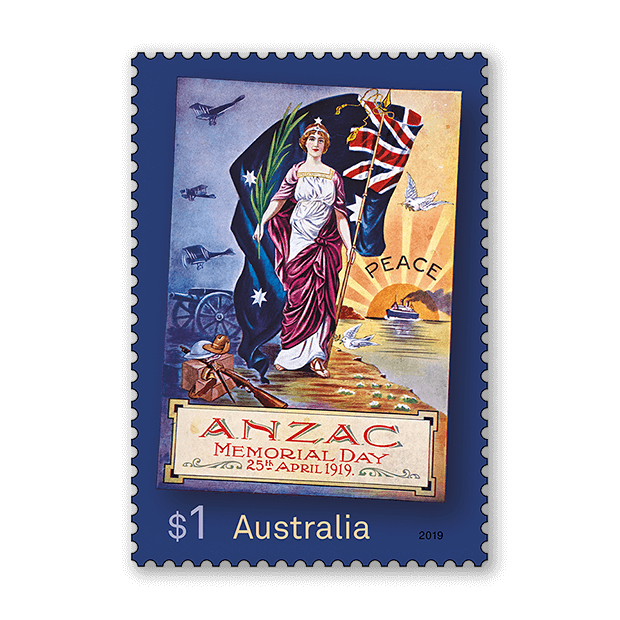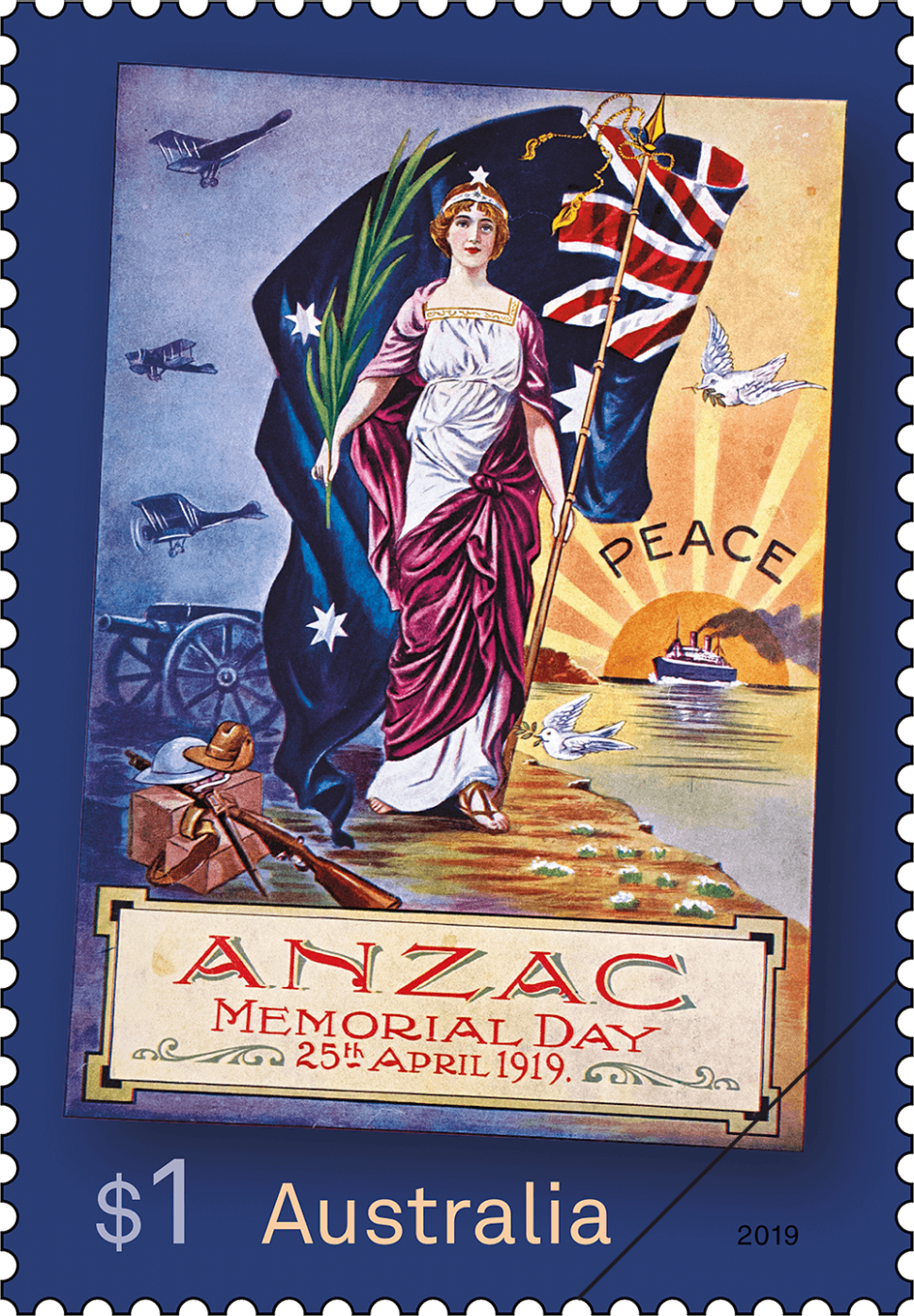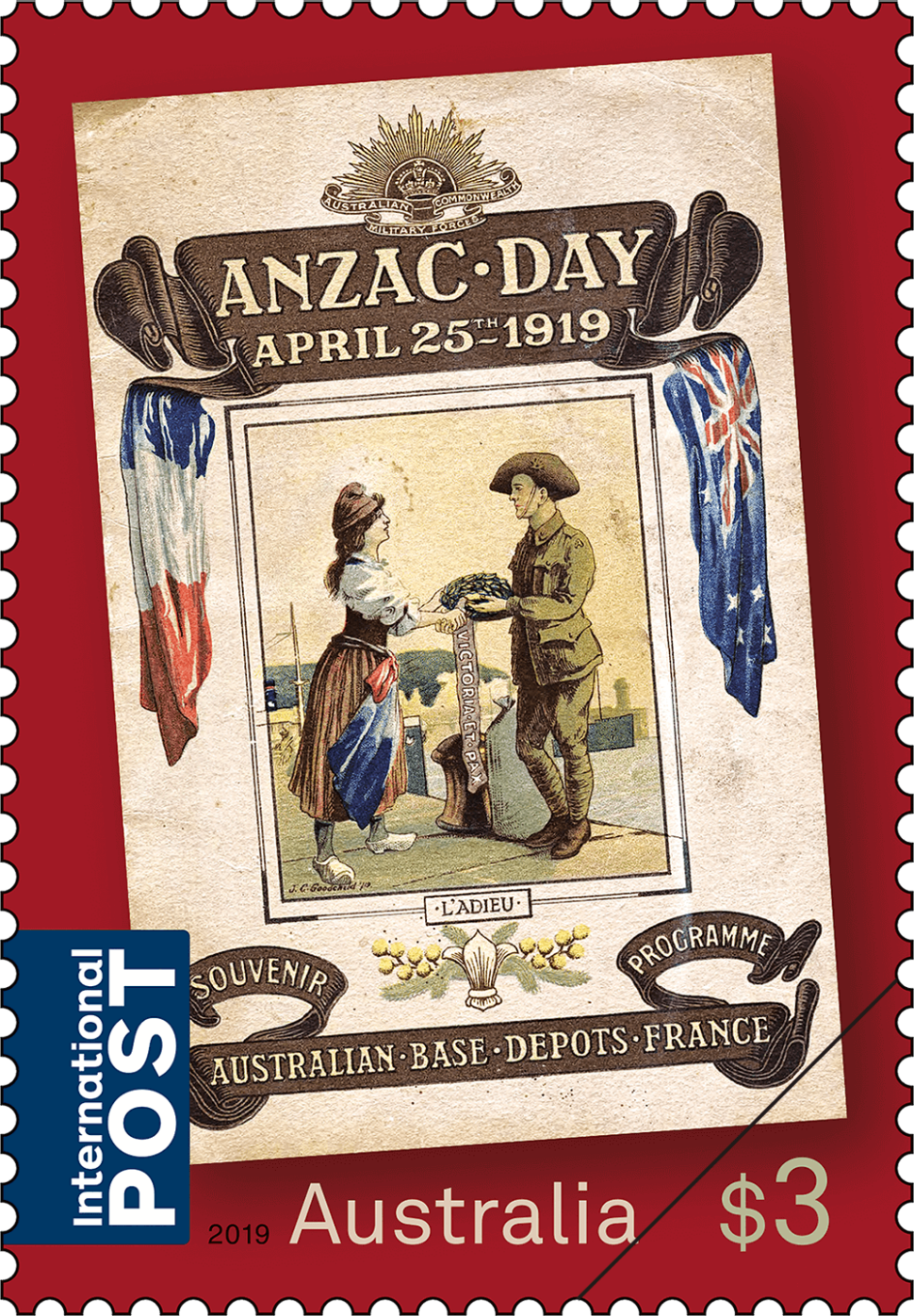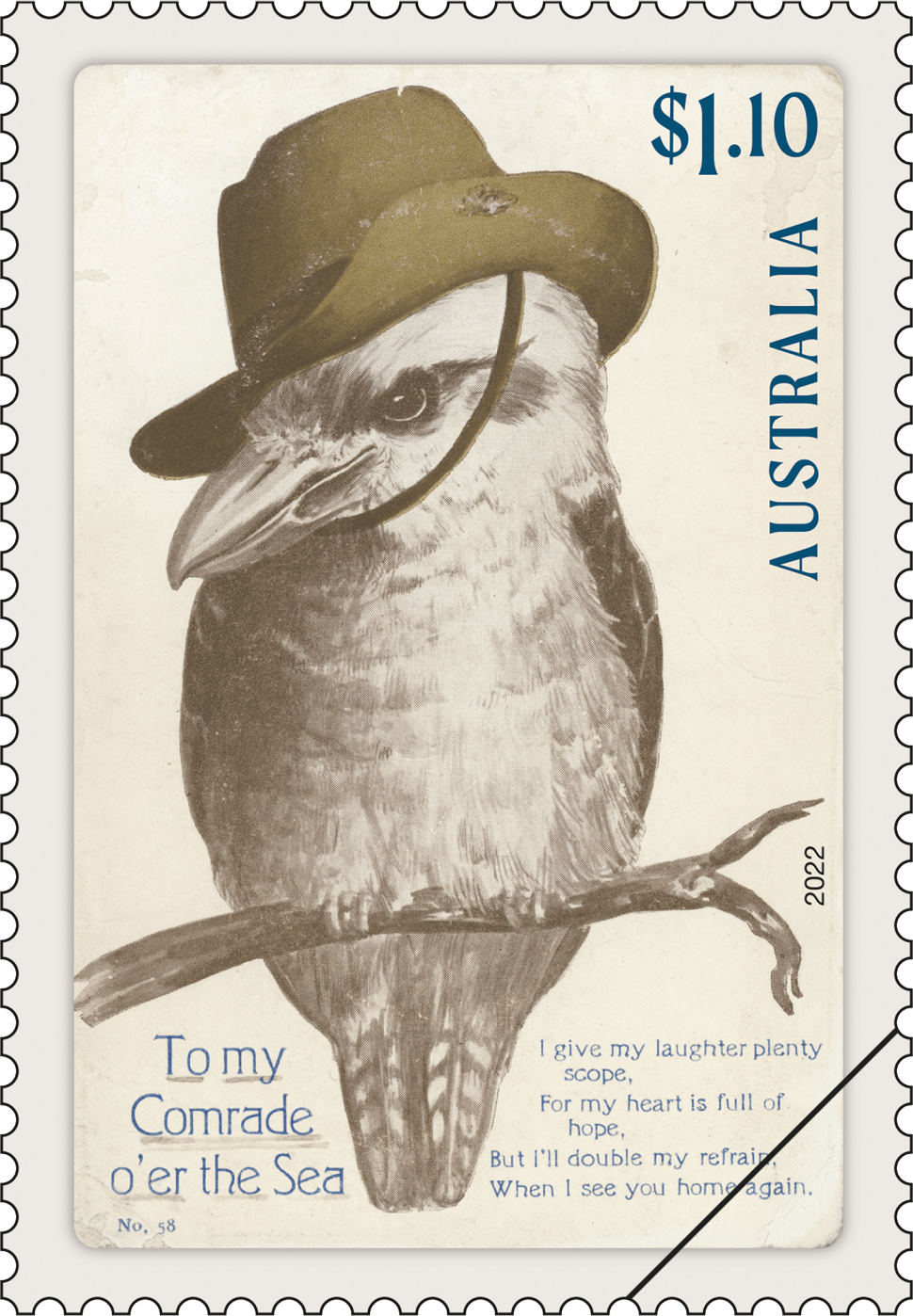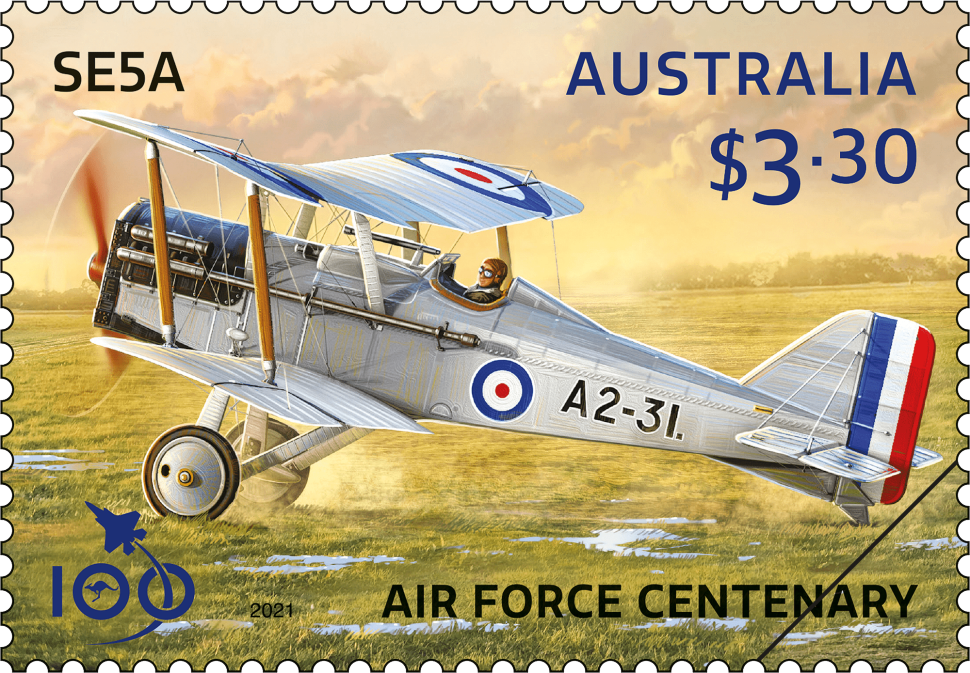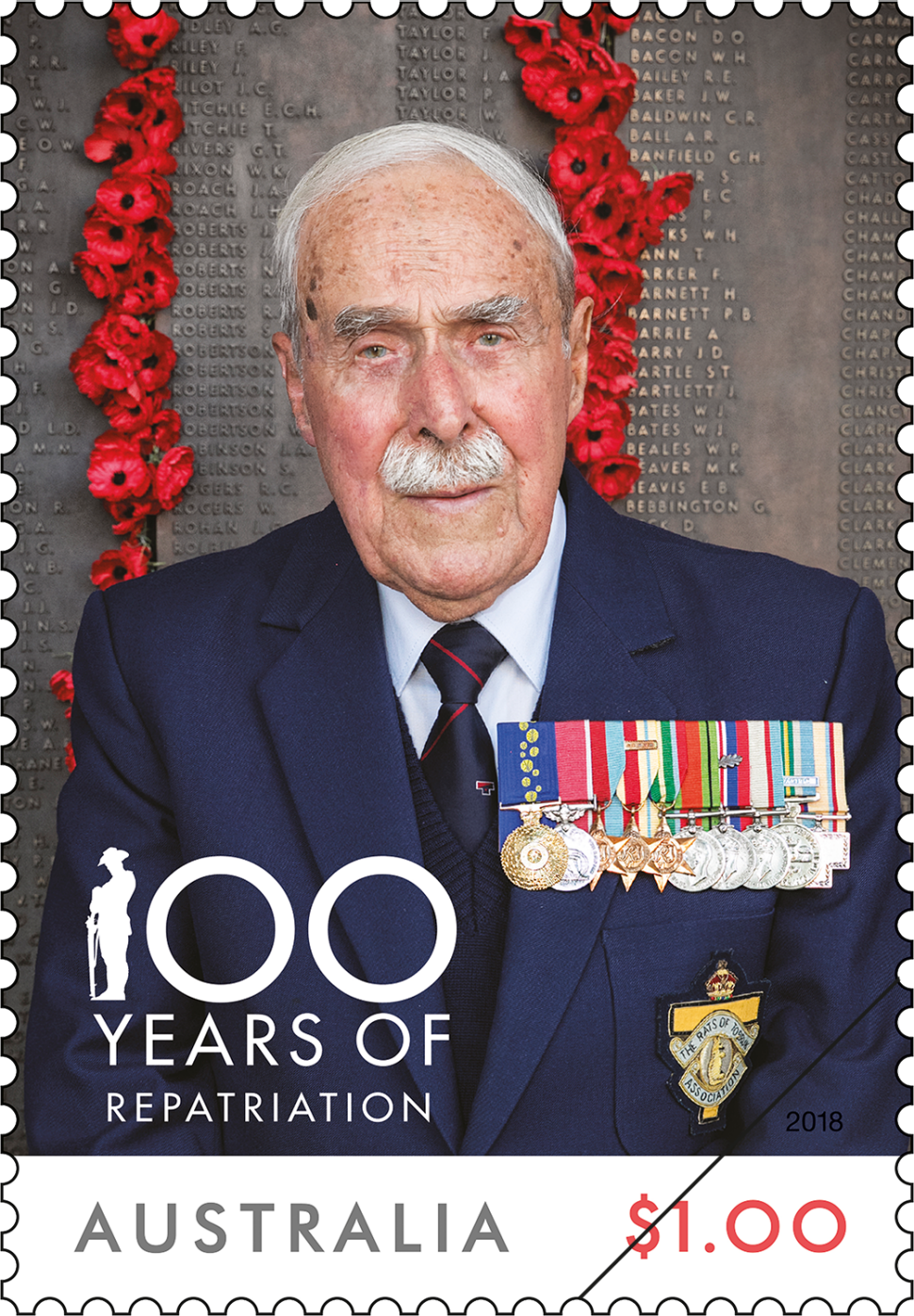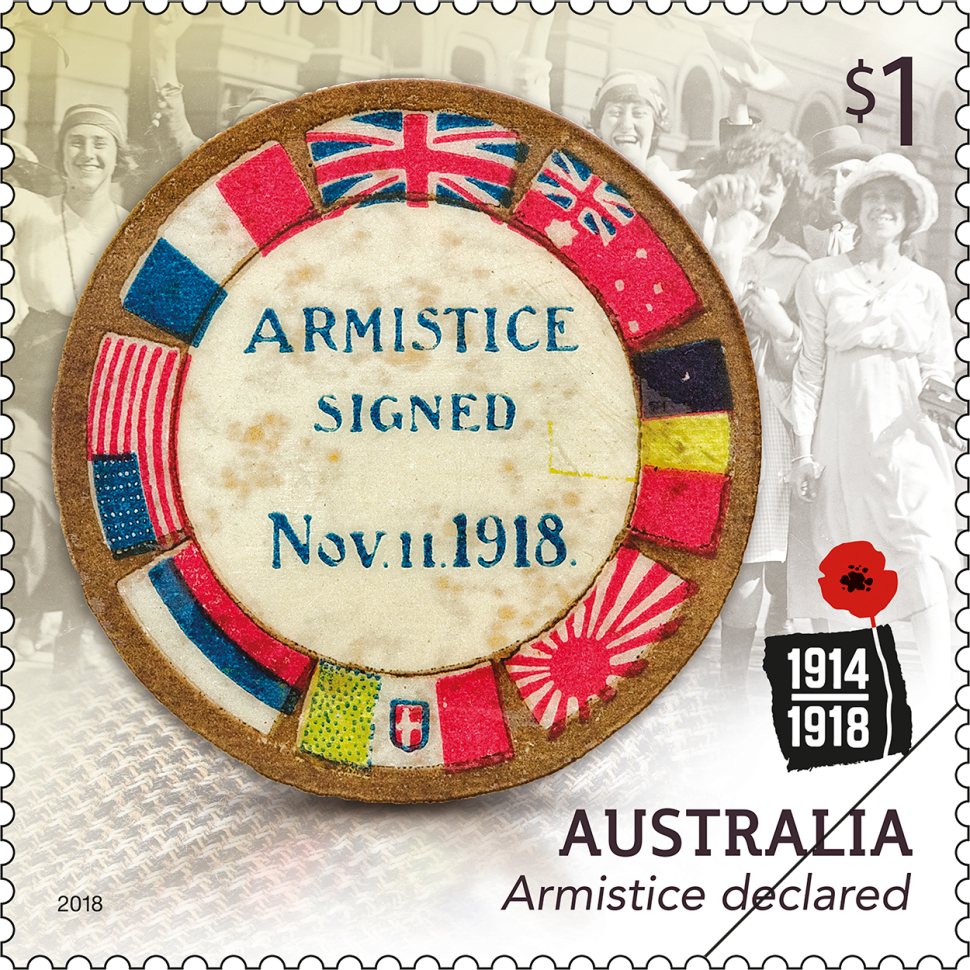Shop our stamp collectables
Set of stamps:
This set of stamps contains the two stamps from the Anzac Day 2019 stamp issue.
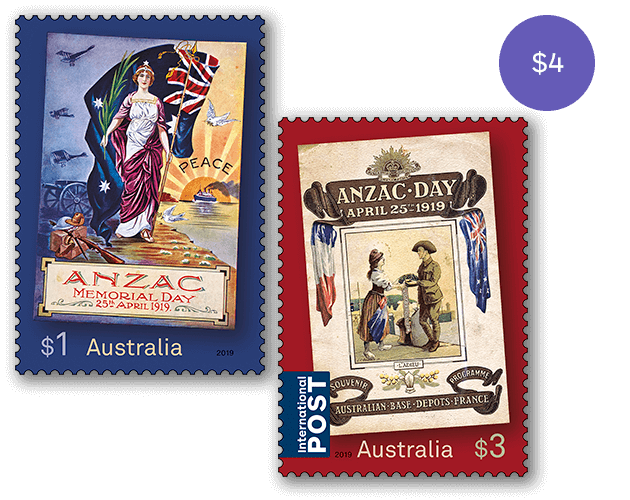
Stamp pack:
The Anzac Day 2019 stamp pack contains the two stamps from the stamp issue presented in high quality folder.
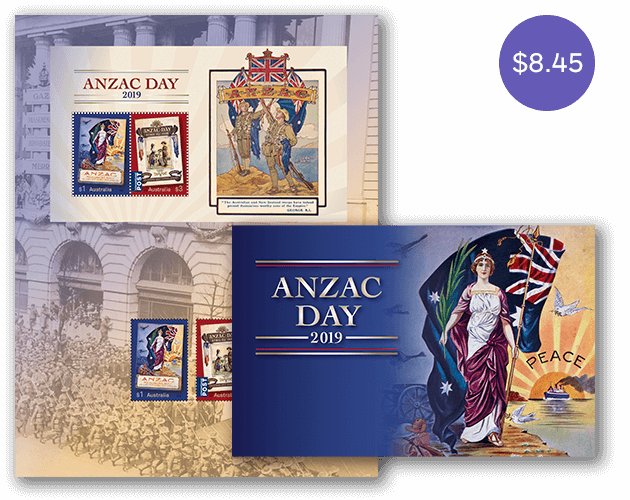
Minisheet:
The Anzac Day 2019 minisheet consists of the two stamps from the issue incorporated into a miniature stamp sheet.
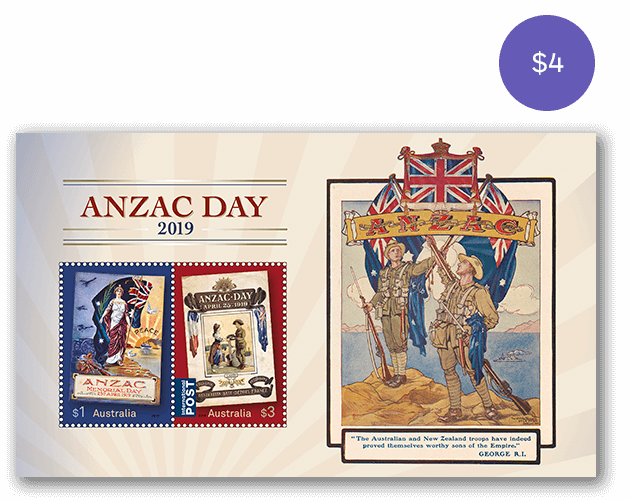
The Queen's Birthday 2019 maxicard set:
This maxicard set contains the two maxicards from the Anzac Day 2019 stamp issue.
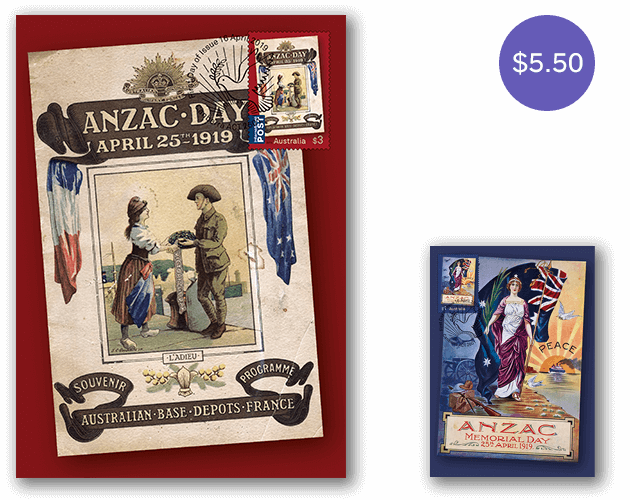
- Set of stamps
- Stamp pack
- Minisheet
- The Queen's Birthday 2019 maxicard set
Additional products:
- Pictorial envelope for the Anzac Day 2019 stamp issue
- Gutter strip 10 x $1 Anzac Day 2019 stamps
- Gutter strip 10 x $3 Anzac Day 2019 international
- Anzac Day 2019 prestige cover
- Anzac Day 2019 postal numismatic cover
- Booklet of 20 $1 Anzac Day 2019 stamps
- Chequebook 20 x 20 $1 Anzac Day 2019 self-adhesive stamps
- Anzac Day 2019 stamp and medallion cover
- First day Anzac Day 2019 gummed stamps cover
- First day Anzac Day 2019 minisheet cover

